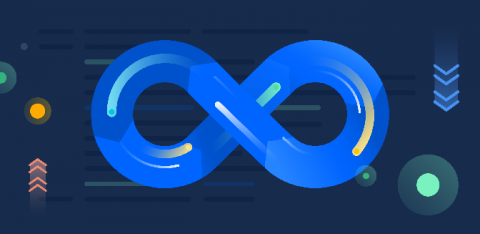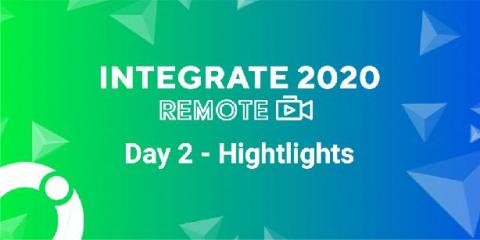Longhorn Simplifies Distributed Block Storage in Kubernetes
Today we’re announcing the general availability of Longhorn, an enterprise-grade, cloud-native container storage solution. Longhorn directly answers the need for an enterprise-grade, vendor-neutral persistent storage solution that supports the easy development of stateful applications within Kubernetes. We’ve been working on Longhorn for almost as long as we’ve been around as a company.











